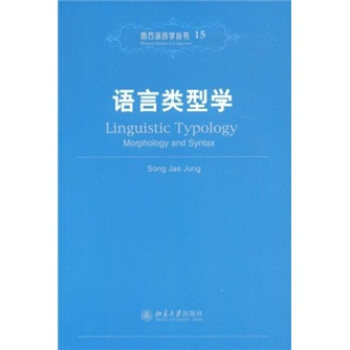

具体描述
编辑推荐
对于研究兴趣在语言类型和语言共性、语言比较、历时语言学、语言习得、语言认知等领域的读者而言,《语言类型学》都是一部有价值的著作。内容简介
《语言类型学》作者在大量不同语言的资料和例证的基础上,对语言类型学作了全新和深入的介绍。《语言类型学》的特色是着重对此领域中的主要问题,如基本语序、格标记、关系从句、致使构式等进行了具体而详细的研究,通过具体案例研究,揭示了如何发现和解释语言类型的系统模式,以及这些模式所受的限制。另外,《语言类型学》还讨论了一些实用的问题和方法,如语料的采集和语言样本的制作,最后《语言类型学》探讨了语言类型学在历时语言学、语言习得等其他领域中的应用问题。内页插图
目录
给中国读者的前言Preface
导读
Abbreviario
Acknowledgements
1 Introducing linguistic typology
1.1 What do linguistic typologists study?
1.2 Typological analysis
13 Typology of language universals
1.4 Language universals and linguistic typology
1.5 Assumptions and problems in typological analysis
1.5.1 Cross-linguistic comparability
1.5.2 The Principle of Uniformitarianism
1.5.3 Approaches to language sampling
1.5.4 Determining language sample sizes
1.5.5 Problems with data
1.6 Partial typology VS.holistic typology
1.7 Organization ofthe rest ofthe book
2 Basic WOrd Order
2.1What is basic word order?
2.2 Early research on basic word order
2.2.1 The inception of word order typology
2.2.2 The OV-VO typology
2.2.3 Making language universals exceptionless
2.3 Explaining the distribution of the basic clausal word orders
2.4 Back to the OV-VO typology:the Branching Direction Theory
2.5 Seeking a global explanation:the Early Immediate Constituents Theory
2.6 From word order to morpheme order:the suffixing preference
2.7 Closing remarks
3 Case marking
3.1 Introduction
3.2 AS and P, and types of case marking
3.2.1 Nominative-accusative system
3.2.2 Ergative-absolutive system
3.2.3 Tripartite system
3.2.4 AP/S system
3.2.5 Neutral system
3.3 More types of case marking
3.3.1 Split-ergative system
3.3.2 Active-stative system
3.3.3 Direct-inverse system
3.4 Distribution of the case marking systems
3.5 The discriminatory view of case marking
3.6 The indexing view of case marking
3.7 The discriminatory view vs. the indexing view
3.8 The Nominal Hierarchy and the split-ergative system
3.9 Towards a unified explanation: attention flow and viewpoint
3.10 Ergativity from discourse to grammar
3.11 Case marking in altered or non-basic constructions
3.11.1 Passive
3.11.2 Antipassive
3.11.3 Noun incorporation
3.11.4 Advancement of obliques to P
3.12 Syntactic ergativity
3.13 Head marking vs. dependent marking
3.14 Case marking type and word order type
4 Relative clauses
4.1 Introduction
4.2 The position of the head noun vis-a-vis the restricting clause
4.3 Expression of the head noun
4.3.1 The obliteration strategy
4.3.2 The pronoun-retention strategy
4.3.3 The relative-pronoun strategy
4.3.4 Language-internal distribution of the relativization strategies
4.4 Accessibility Hierarchy: accessibility to relativization
4.5 Conspiracy in relativization
4.6 Correlations between RC-related properties
4.7 The head noun in the main clause
4.8 Subject primacy vs. discourse preferences in relativization
4.9 RC type and word order type
4.10 The role of processing in the distribution of RC types
4.11 The All and structural complexity
5 Causatives
5.1 Introduction
5.2 The morphologically based typology of causative constructions
5.3 The syntax of the causee NP: the Case Hierarchy
5.4 Conspiracy in causativization
5.5 Doubling: coding vs. grammatical relation
5.6 Causation types and causative types
5.7 The case marking of the causee NP
5.8 The conceptual integration of the causee in the causative event
5.9 Towards a typology of causative constructions
6 The application of linguistic typology
6.1 Introduction
6.2 Linguistic typology and historical linguistics
6.2.1 Early attempts at word order reconstruction
6.2.2 Linguistic typology as a control on, and a tool in,reconstruction
6.2.3 Linguistic typology and linguistic prehistory
6.3 Linguistic typology and language acquisition
6.3.1 Accessibility to relativization in FLA
6.3.2 Accessibility to relativization in SLA
6.3.3 Two potential FLA/SLA areas of application
6.3.4 Closing remarks
7 European approaches to linguistic typology
7.1 Introduction
7.2 The Leningrad Typology Group
7.3 The Cologne UNITYP Group
7.4 The Prague School Typology
7.5 Epilogue
Bibliography
Author Index
Language Index
Subject Index
前言/序言
一百多年以前GeorgvonderGabelentz首次使用了“语言类型学”这个名称,自那以来,语言类型学已经有了长足的发展。尤其是在欧洲,随着众多激动人心的科研项目的开展,以及一批才华横溢的青年学者的涌现,这个领域正不断壮大,向着10年前我们想象不到的众多领域发展。更令人欢欣鼓舞的是,在沉迷于生成语法半个世纪后,一些亚洲国家(特别是中国、日本和韩国)也开始日益认真面对语言类型学。
用户评价
这本书的难度设置明显是面向研究生及以上级别的专业人士的。我最大的感受是“信息过载”和“方法论的单一性”。它不断地引入新的理论框架和复杂的术语,但几乎没有提供任何“桥梁”将这些框架与读者的日常语言经验连接起来。当我读到关于“心智表征”的章节时,我期待能看到认知科学与语言学交叉融合的火花,但作者的方式是提出了一套极其复杂的图灵机式的运算模型来描述人类如何处理句子,然后就此打住,没有再深入探讨这些模型如何与大脑的实际运作相吻合。此外,书中的术语定义非常依赖于上下文和先前章节的设定,如果你漏掉了一个关键的定义,那么接下来的十页内容可能都会让你感到云里雾里。我甚至怀疑,如果没有一个经验丰富的导师在旁边随时点拨,这本书的吸收率会非常低。它更像是给同行之间交流提供的一份详细的技术规格说明书,而不是一本能够激发新一代研究者热情的启蒙之作。我合上书本时,脑子里装满了术语和复杂的符号,但对于语言学这个广阔领域的整体面貌,却依然感到迷茫。
评分我花了几天时间试图在其中寻找一点轻松愉快的阅读体验,但几乎是徒劳的。这本书的行文风格极其古板、干燥,完全没有那种引人入胜的故事性。它更像是一份详尽的实验报告,每一个论点后面都跟着一长串的引文和数据支撑,但这些支撑材料往往来自于一些我从未听说过的、极其小众的语言田野调查。比如,其中一个章节花了近百页的篇幅来分析某个南美洲部落语言中,描述“蓝色”的词汇是如何随着光照强度发生细微语义漂移的。我不得不承认,这种对细节的偏执探索体现了作者极高的学术水准,但作为读者,我感受到的更多是疲惫。我原本期待能读到一些关于语言如何塑造思维的哲学思考,或者至少是关于世界主要语系在历史长河中如何相互影响的宏大叙事。然而,这本书似乎完全沉浸在微观的结构分析中,对那些宏观层面的、更具人文关怀的议题避而不谈。翻到后面,一些图表和模型占据了大量的篇幅,这些图表复杂到需要我拿出纸笔,对照着文字,反复推敲才能勉强理解它们试图表达的层级关系。说实话,阅读过程更像是在解一道极其复杂的数学题,而不是享受知识的乐趣。
评分这本厚厚的书摆在案头,沉甸甸的,光是封面设计就透露出一种深邃的学院气息。我原本是想找一本能帮我梳理一下基础语言学概念的入门读物,希望能对不同语系的共性和差异有个大致的了解。拿到手翻开目录,里面的章节标题就让我有些望而却步了。《音位理论的演进与争议》、《句法结构的生成与约束》、《语义域的跨文化映射》……这些名词对我这个半路出家的人来说,就像是听天书。我试图从第一章开始啃起,结果发现作者似乎默认读者已经对索绪尔、乔姆斯基等大家的理论了如指掌。大量的篇幅用于探讨一些极其细微的语言现象,比如某个特定语种中,一个语气词的声调变化是如何影响整个句子的语用功能的。我花了整整一个下午,才勉强理解了其中一个脚注里引用的那个晦涩难懂的符号系统。说实话,这本书的论证过程极其严谨,逻辑链条环环相扣,但这对于我这种只想了解“为什么有些语言的语序是SVO,而有些是SOV”的普通爱好者来说,未免太过“硬核”了。它更像是一份高度专业化的学术报告集,而不是一本面向大众的科普读物。我更希望看到一些生动的例子,或者用更通俗的比喻来解释那些复杂的抽象概念,而不是直接把我抛进语言学理论的深水区,那种感觉就像是想学游泳,结果教练直接把你扔进了深海里,只告诉你水分子构成。
评分对于寻求理解不同语言之间“亲缘关系”的读者来说,这本书提供的帮助非常有限。我希望它能提供一些关于语系划分的清晰图谱,或者对主要语言的构词法和形态变化进行概括性的对比。然而,这本书的内容侧重于一种非常精细的、几乎是哲学层面的结构分析。例如,它花费了大量的篇幅来论证“主语”这个概念在不同语言中的本质差异,但论证过程充满了循环定义和对术语的反复修正,读完后我对于“什么是一个语言的主语”的理解并没有变得更清晰,反而产生了更多的困惑。而且,书中引用的案例语言似乎非常集中在少数几个已经被研究得非常透彻的欧洲语言和某些北美土著语言上,对于东亚、非洲或大洋洲的语言系统探讨得非常少,这使得其声称的“普遍性”在实际阅读中显得有些站不住脚。我尝试寻找一些关于语序或格系统如何系统性演变的章节,但发现这些内容都被分解成了极其微小的、相互独立的论点,缺乏一个整体的、指导性的框架。我读完的感觉是收集了无数精美的、但彼此之间没有明确关联的碎片。
评分这本书的装帧设计倒是很讲究,纸张厚实,印刷清晰,看得出是精心制作的。然而,内容上的体验却像是一场漫长而没有尽头的爬山。我本来对语言的演变历史抱有极大的热情,想象着能跟着作者的笔触,穿越时空,看看印欧语系是如何扩散的,或者汉语的声调是如何一步步形成的。但这本书似乎对历史和演变过程不感兴趣,它更关注的是“此时此刻”的语言结构。如果说其他语言学著作是河流的航行记录,那么这本书就像是给河流中的每一块石头做了精密的断层扫描。当我翻到探讨“语用学”的那部分时,我本以为会看到关于日常交流中的幽默、误解和策略,结果看到的却是对各种“言语行为理论”的机械式拆解,分析每一个动作的“预设条件”和“完成得体性”。这种过度概念化的处理方式,让原本生动有趣的语言互动变得僵硬和学术化。我甚至觉得,作者似乎并不太关心语言在现实生活中的“使用”,而更像是把它当作一个纯粹的、可以被数学模型捕获的符号系统来研究。这让我感到有些疏离,仿佛我正在研究一个已经死亡的标本,而不是一个活生生的交流工具。
评分好
评分经典好书,送货快,很给力。
评分语言类型学语言类型学语言类型学
评分语言类型学语言类型学语言类型学
评分孤立型语言包括汉语、越南语、萨摩亚语等等,其主要特征有两个:①实词通常不带语法标志,如汉语单词“信”不分单复数,可指一封信或几封信;②句法关系主要靠词序表明,如"我写信”不能改为“我信写”或“信写我”。粘着型包括蒙古语、日语、芬兰语、匈牙利语、土耳其语等等,其特征是一个词根(或词干)前面,尤其是后面有一串表示语法关系的词缀,每个词缀只表示一个语法意义,每个语法意义也只用一个词缀表示,词缀同词缀之间在语音上界限分明,不融合在一起。如土耳其语 odalarimdan〔从我的(一些)房间里〕是一个词,其中词根 oda(房间)后面有后缀-lar(表示复数),-im(表示第一人称单数的领属关系,相当于汉语“我的”),-dan(表示离格)等。屈折型包括拉丁语、希腊语、 阿拉伯语等等, 其特征是用词形的变化(即屈折)表示语法关系,而且往往一个词尾表示几个语法意义,如拉丁语am-o(我爱)中词尾-o同时表示现在时、主动态、第一人称、单数、陈述语气等5项。
评分语言流畅,不错的书 语言类型学 (linguistic typology)。研究各种语言的特征并进行分类的学科。其方法是比较这些语言,找出其相同和相异之处。类型语言学与历史比较语言学的区别 学者们比较语言特征往往抱有不同的目的。第 1种是追溯历史渊源,其方法是比较各语言的语法结构和最古老的基本词汇的语音和语义,发现这些语言之间的亲属关系。第2种是建立人类语言类型体系,其方法是按某些特征把语言分类,如把汉语和马来-波利尼西亚语系波利尼西亚语族的萨摩亚语都归入孤立型语言(虽然二者并无亲属关系)。第3种是寻找人类语言的普遍现象或近乎普遍的现象,其方法是考察某一特征存在于多少种语言之中。这样做,同样不问所研究的语言是否有亲属关系。由于目的不同,第1种比较工作是历史比较语言学家的事情,第2、第3种才是类型语言学家的事情。又称语言类型学 (linguistic typology)。研究各种语言的特征并进行分类的学科。其方法是比较这些语言,找出其相同和相异之处。
评分经典作品,值得珍藏;快递速度快、商品质量好。非常满意
评分买来学习的非常好。质地好。
评分类型语言学与历史比较语言学的区别 学者们比较语言特征往往抱有不同的目的。第 1种是追溯历史渊源,其方法是比较各语言的语法结构和最古老的基本词汇的语音和语义,发现这些语言之间的亲属关系。第2种是建立人类语言类型体系,其方法是按某些特征把语言分类,如把汉语和马来-波利尼西亚语系波利尼西亚语族的萨摩亚语都归入孤立型语言(虽然二者并无亲属关系)。第3种是寻找人类语言的普遍现象或近乎普遍的现象,其方法是考察某一特征存在于多少种语言之中。这样做,同样不问所研究的语言是否有亲属关系。由于目的不同,第1种比较工作是历史比较语言学家的事情,第2、第3种才是类型语言学家的事情。
相关图书
本站所有内容均为互联网搜索引擎提供的公开搜索信息,本站不存储任何数据与内容,任何内容与数据均与本站无关,如有需要请联系相关搜索引擎包括但不限于百度,google,bing,sogou 等
© 2025 book.tinynews.org All Rights Reserved. 静思书屋 版权所有

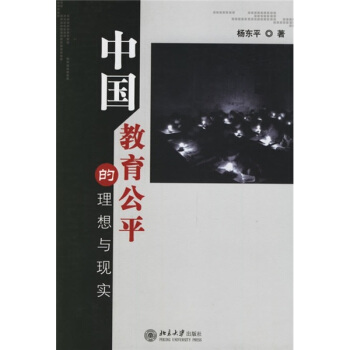

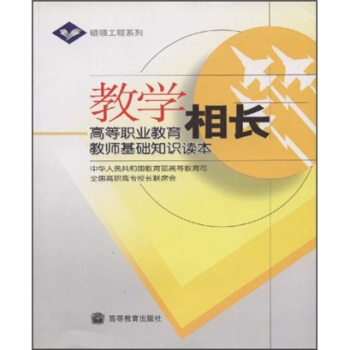
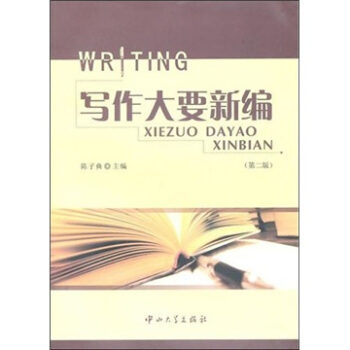


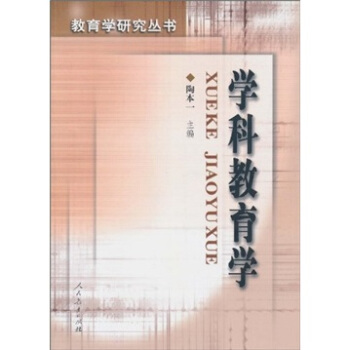
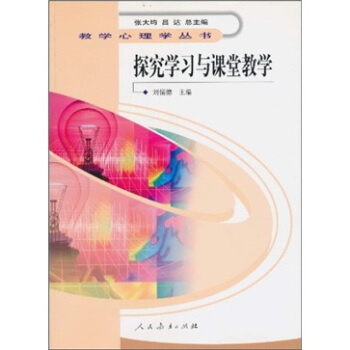
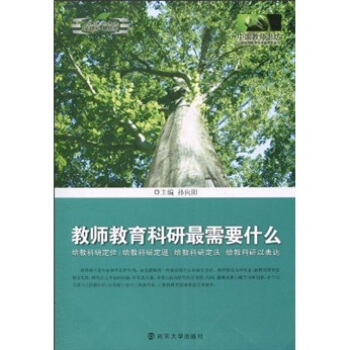

![翻译文体学研究 [Stylistic Approaches to Translation] pdf epub mobi 电子书 下载](https://pic.tinynews.org/10775920/c2145f6c-ad59-4022-afbe-72398d2555a3.jpg)
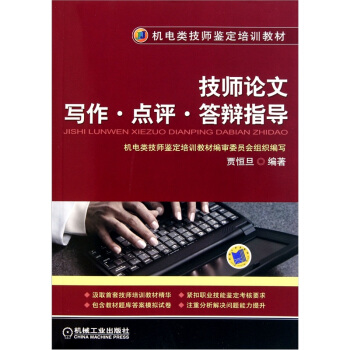
![消费社会学(第2版) [The Sociology of Consumption(Second Edition)] pdf epub mobi 电子书 下载](https://pic.tinynews.org/10820083/ced5ef3f-e85f-4ce2-90fb-74c28f528ea1.jpg)
![职业教育教与学过程 [Teaching-Learning Processes in Vocational Education] pdf epub mobi 电子书 下载](https://pic.tinynews.org/10820840/9c2a8963-ba91-411e-8e57-117eb1d39b92.jpg)




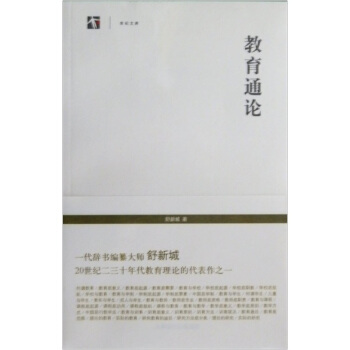
![教育大百科全书:教育哲学 [The International Encyclopedia of Education 2nd Edition] pdf epub mobi 电子书 下载](https://pic.tinynews.org/10857385/087df600-7053-4995-aa57-c79a56bb72b3.jpg)